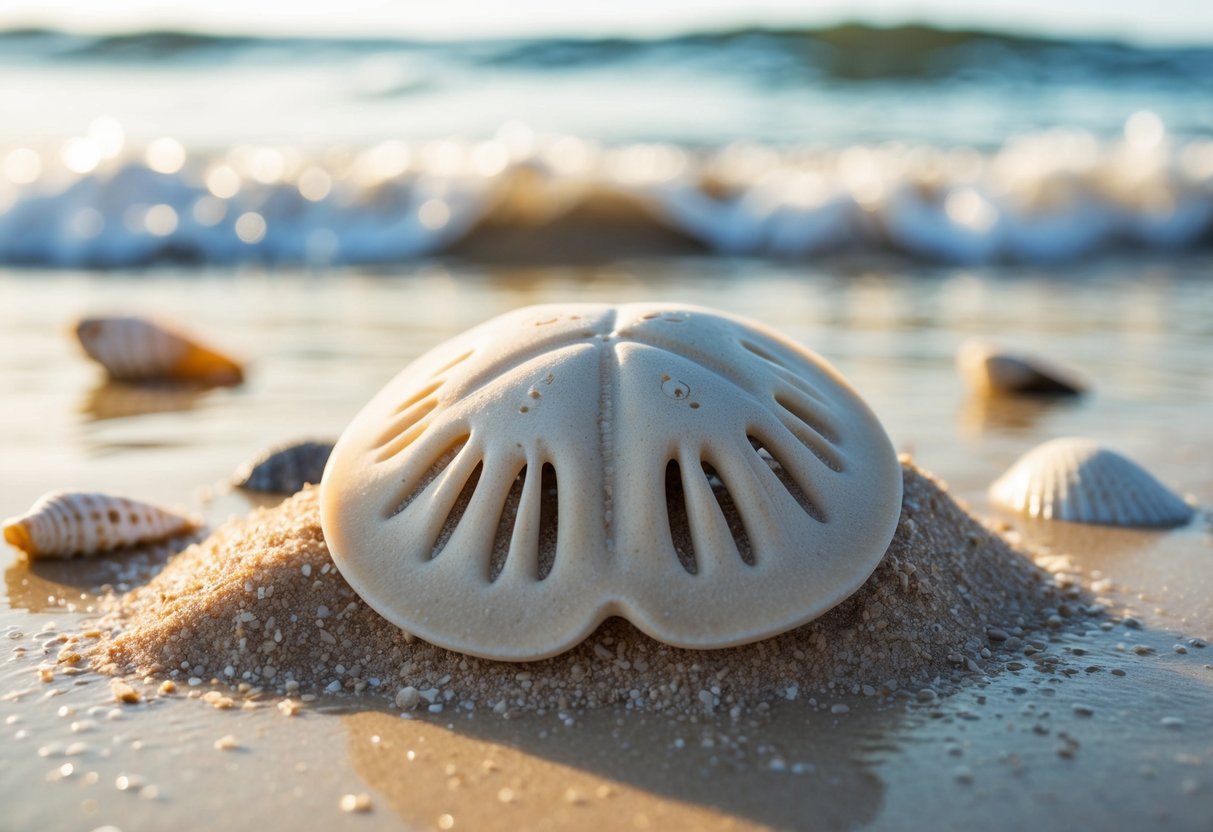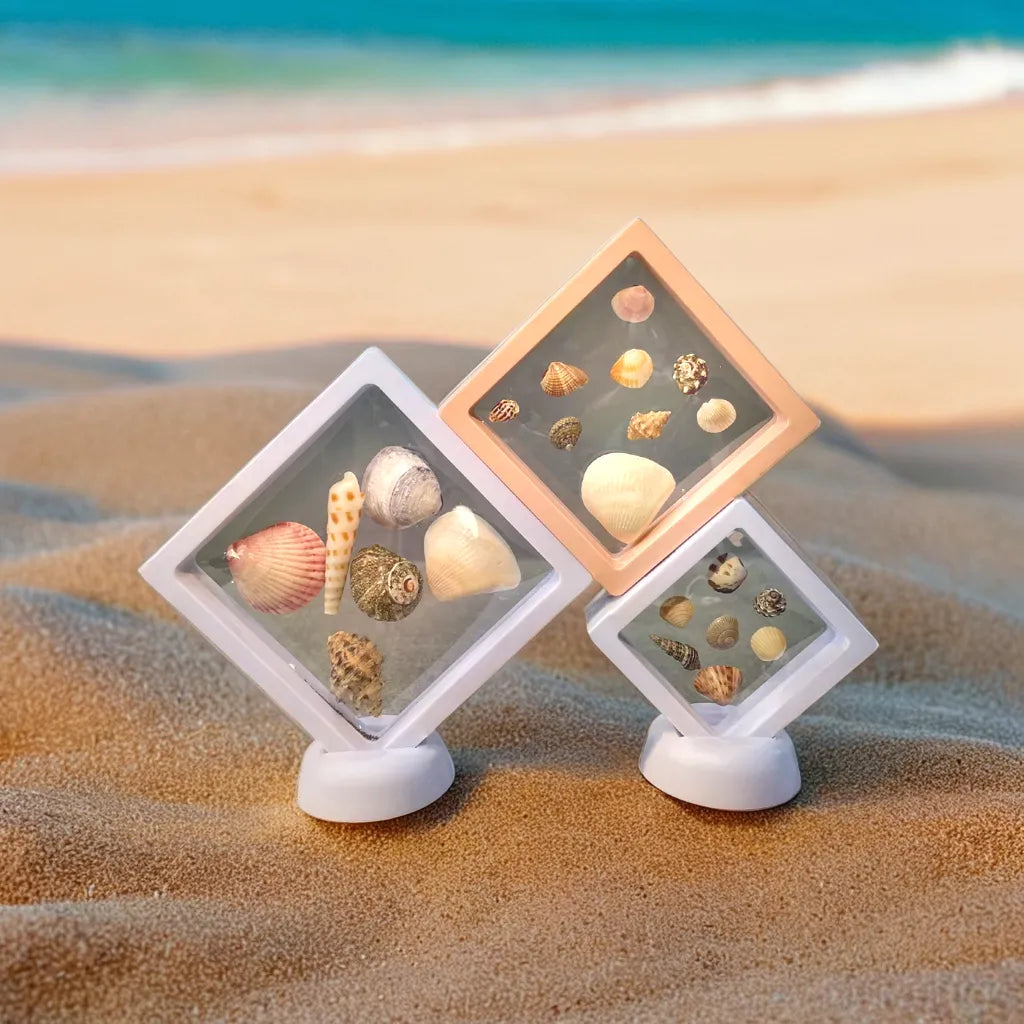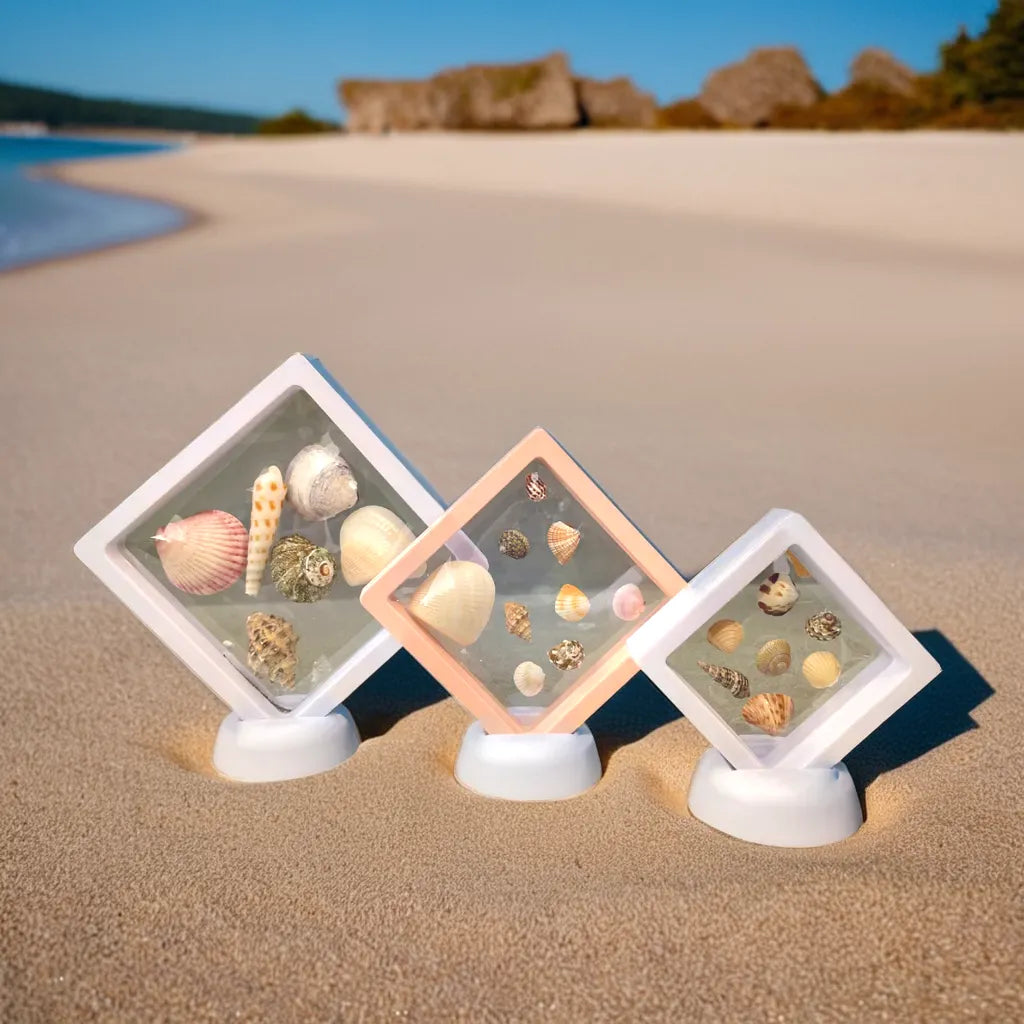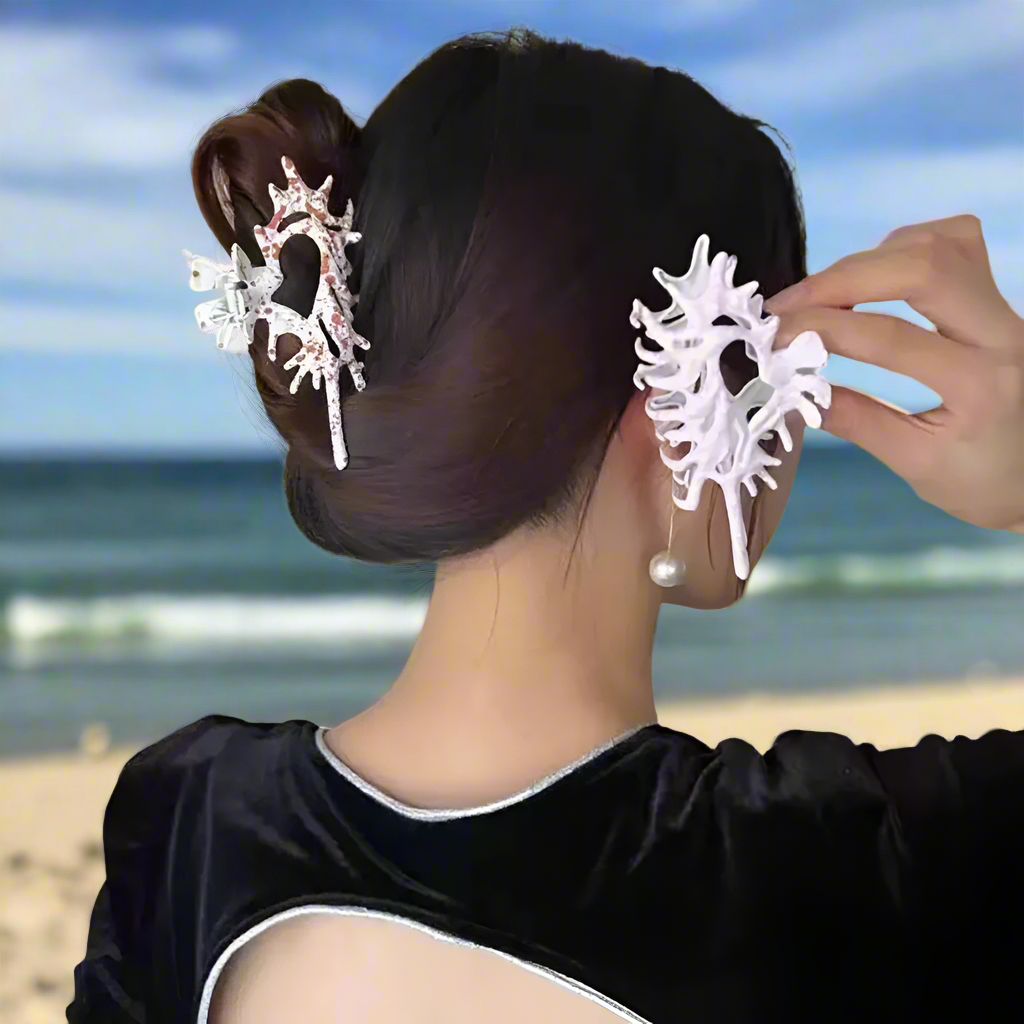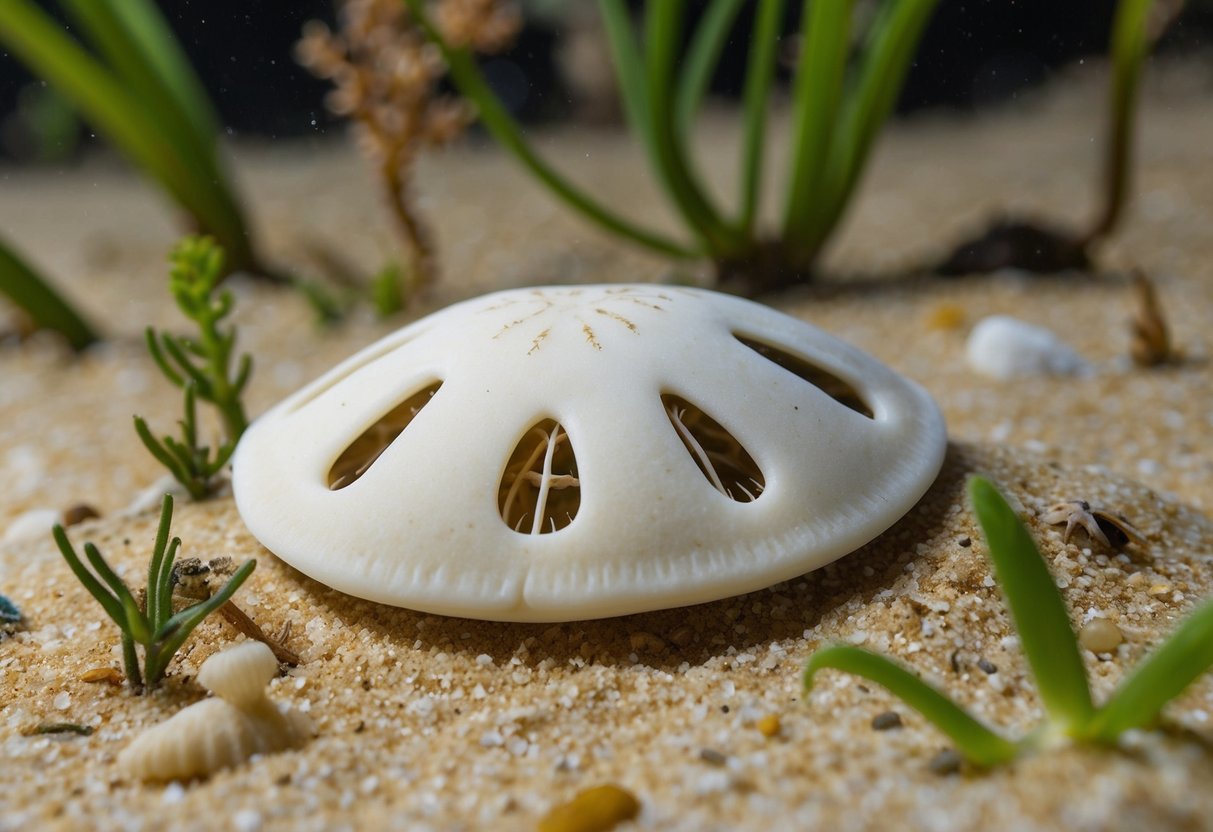Sand dollars are unique marine animals known for their flat, round shape and distinctive star-shaped markings on their skeletons. These intriguing creatures are a type of invertebrate closely related to sea urchins and play important roles in their ecosystems. Often found washed up on beaches, their hard shells, called tests, are highly sought after by beachcombers and collectors alike.
 Living primarily in sandy ocean floors, sand dollars thrive in the shallow waters of coastal regions. They have a fascinating lifecycle, reproducing through a process called broadcast spawning, where both males and females release their eggs and sperm into the water. This method increases the chance of successful fertilization and contributes to their populations in various habitats.
While sand dollars may seem like simple beach treasures, they have cultural and economic significance too. Understanding their biology and ecological roles can enhance appreciation for these forgotten icons of the sea.
Living primarily in sandy ocean floors, sand dollars thrive in the shallow waters of coastal regions. They have a fascinating lifecycle, reproducing through a process called broadcast spawning, where both males and females release their eggs and sperm into the water. This method increases the chance of successful fertilization and contributes to their populations in various habitats.
While sand dollars may seem like simple beach treasures, they have cultural and economic significance too. Understanding their biology and ecological roles can enhance appreciation for these forgotten icons of the sea.
 Sand dollars have unique shapes and structures that set them apart from other marine animals. Their physical characteristics and skeletal structure reveal adaptations that help them thrive in sandy ocean environments.
Sand dollars have unique shapes and structures that set them apart from other marine animals. Their physical characteristics and skeletal structure reveal adaptations that help them thrive in sandy ocean environments.
 Sand dollars play a significant role in the marine ecosystem through their feeding habits and interactions with other marine organisms. They contribute to nutrient cycling and help maintain the health of ocean habitats.
Sand dollars play a significant role in the marine ecosystem through their feeding habits and interactions with other marine organisms. They contribute to nutrient cycling and help maintain the health of ocean habitats.
 Living primarily in sandy ocean floors, sand dollars thrive in the shallow waters of coastal regions. They have a fascinating lifecycle, reproducing through a process called broadcast spawning, where both males and females release their eggs and sperm into the water. This method increases the chance of successful fertilization and contributes to their populations in various habitats.
While sand dollars may seem like simple beach treasures, they have cultural and economic significance too. Understanding their biology and ecological roles can enhance appreciation for these forgotten icons of the sea.
Living primarily in sandy ocean floors, sand dollars thrive in the shallow waters of coastal regions. They have a fascinating lifecycle, reproducing through a process called broadcast spawning, where both males and females release their eggs and sperm into the water. This method increases the chance of successful fertilization and contributes to their populations in various habitats.
While sand dollars may seem like simple beach treasures, they have cultural and economic significance too. Understanding their biology and ecological roles can enhance appreciation for these forgotten icons of the sea.
Key Takeaways
- Sand dollars are related to sea urchins and have unique flat, round shells.
- They reproduce through broadcast spawning, which aids in their survival.
- These creatures have cultural value and contribute to coastal ecosystems.
Morphology of Sand Dollars
 Sand dollars have unique shapes and structures that set them apart from other marine animals. Their physical characteristics and skeletal structure reveal adaptations that help them thrive in sandy ocean environments.
Sand dollars have unique shapes and structures that set them apart from other marine animals. Their physical characteristics and skeletal structure reveal adaptations that help them thrive in sandy ocean environments.
Physical Characteristics
Sand dollars are flat, disc-shaped creatures that exhibit a distinct appearance. Most species measure between 5 to 10 cm (2 to 4 inches) in diameter. Their color varies, often appearing white or grayish-white, which camouflages them in sandy habitats. The surface of a sand dollar features a hard exterior, known as the test, which protects the animal from predators. The test has a smooth texture with a star-like pattern at its center, giving them a unique look. This shape helps them burrow into the sand, an essential behavior for survival.The Skeleton: Test Structure
The skeleton of a sand dollar is called the test. This test is made of calcium carbonate plates that are fused together, providing strength and durability. The test is rigid yet lightweight, which aids in buoyancy as they move within the water column. Internally, sand dollars have a simple structure, containing important organs like the stomach and digestive system. The test plays a crucial role in protecting these delicate organs from external threats and harsh environmental conditions. When found on beaches, the empty tests become keepsakes for beachcombers, showcasing the intricate structure that once housed a living animal.Petaloid Patterns and Their Functions
Sand dollars are known for their petaloid structures, which are heart-shaped arrangements that radiate from the center of the test. These patterns are not just for decoration; they provide important functions. Each petal contains tiny tube feet that help the sand dollar move and gather food from the sandy substrate. The petaloid patterns also aid in gas exchange, allowing the animal to take in oxygen and expel carbon dioxide efficiently. This design maximizes surface area while minimizing the effort needed to navigate through their environment. Their unique morphology allows sand dollars to adapt seamlessly to life on the ocean floor.Species and Habitat
Sand dollars belong to the order Clypeasteroida, which includes many species. They inhabit various environments, primarily in coastal regions. Understanding their geographical distribution and the habitats they prefer is essential to appreciate these unique marine creatures.Geographical Distribution
Sand dollars are found in many parts of the world, with a significant presence in temperate and tropical waters. The most common species, Echinarachnius parma, can be seen along the coasts of North America. Other species are spread across different oceans, including the Atlantic and Pacific. Notable Regions:- North America: Commonly spotted from Canada to Mexico.
- South America: Found along the coasts of Brazil.
- Africa: Species like Pansy shells are seen in South Africa.
Common Habitats
Sand dollars prefer habitats where they can easily bury themselves. Most live in sandy or muddy bottoms of coastal areas. They tend to avoid regions with heavy sea grass or underwater vegetation, as these environments may hinder their movements. Typical Habitats Include:- Coastal Regions: Near shorelines where sand and mud are abundant.
- Subtidal Zones: Areas just below the low tide line where they can access food and shelter.
- Deeper Waters: Some species venture into deeper parts of the ocean, but most remain in shallower areas.
Ecological Role
 Sand dollars play a significant role in the marine ecosystem through their feeding habits and interactions with other marine organisms. They contribute to nutrient cycling and help maintain the health of ocean habitats.
Sand dollars play a significant role in the marine ecosystem through their feeding habits and interactions with other marine organisms. They contribute to nutrient cycling and help maintain the health of ocean habitats.
Feeding Habits
Sand dollars primarily feed as filter feeders. They consume microscopic algae, organic debris, and dead plant material found on the ocean floor. Their feeding process involves moving through the sand and collecting particles using their specialized structures. By feeding on detritus, sand dollars help to keep the ocean floor clean. This process supports a balanced ecosystem by recycling nutrients back into the environment.Interaction With Other Marine Life
Sand dollars serve as an important food source for various marine animals. Predators such as sea otters, crabs, and certain species of fish rely on sand dollars for nourishment. Additionally, they interact with other benthic organisms by helping to aerate the sediment. As they burrow and move, they create spaces in the sand that allow oxygen to reach smaller creatures living in the sediment. This oxygenation promotes a healthier habitat for all organisms that live in or near the seafloor. Their presence supports a diverse range of marine life, contributing significantly to the ecological balance in their environment.Lifecycle and Reproduction
Sand dollars undergo a complex lifecycle that includes distinct stages of growth and development. Their reproduction process is fascinating and vital for their survival as a species.Reproductive Process
Sand dollars reproduce through a method called broadcast spawning. During this process, multiple females and males release their eggs and sperm into the ocean water at the same time.- Timing: This usually happens during specific seasons when conditions are right.
- Fertilization: Once the sperm and eggs meet in the water, fertilization occurs, leading to the formation of a fertilized egg.
Growth and Development
After the larvae swim freely in the ocean, they eventually settle on the sea floor and undergo significant changes.- Juvenile Stage: The larvae metamorphose into juvenile sand dollars. This stage is a miniature version of the adult form.
- Habitat: Juveniles often bury themselves in sand to protect against predators.
Conservation Status
Sand dollars are not currently listed as endangered. However, they face several environmental threats that could impact their populations. Ongoing conservation efforts aim to protect these unique creatures and their habitats.Environmental Threats
Sand dollars face a variety of environmental challenges. Habitat degradation is significant, mainly due to coastal development and pollution. These actions can destroy the sandy habitats where sand dollars thrive. Climate change also poses a serious risk. Warmer ocean temperatures can affect sand dollar reproduction rates and survival. Additionally, ocean acidification may weaken their tests, making them more vulnerable to predation and environmental changes. Human activities, such as overharvesting and disturbances from beachcombing, can reduce their populations as well.Conservation Efforts
Conservation efforts focus on protecting the habitats of sand dollars and regulating human activities. Organizations are working to establish marine protected areas to safeguard key habitats from development and pollution. Public education campaigns raise awareness about the importance of sand dollars and their role in the ecosystem. Additionally, researchers are studying sand dollar populations to better understand their needs and threats. Gathering data helps inform policies for effective conservation measures. Local regulations may also limit beach activities that could harm sand dollar populations. By employing these strategies, conservationists aim to ensure healthy sand dollar populations for the future.Cultural and Economic Significance
Sand dollars hold significant cultural value in various societies. In Native American traditions, they are viewed as sacred gifts from the gods. These creatures often appear in rituals and ceremonies, symbolizing hope and transformation. In Asian cultures, sand dollars represent peace and tranquility. Their smooth form and delicate structure inspire feelings of calm and harmony. Economically, sand dollars can affect coastal communities. They attract tourists who seek to discover their beauty. Many coastal shops sell sand dollar souvenirs, boosting local businesses. List of Cultural Symbols:- Native American: Sacred gifts, hope, transformation
- Asian Cultures: Symbols of peace and tranquility
- Christianity: Associated with birth and resurrection
Research and Studies
Sand dollars are important in scientific research, especially in marine biology. They serve as model organisms for studying fertilization and development.Easy to Study
These creatures have several advantages for research:- Hardy Adults: They can survive long periods in aquaria.
- Easy Handling: Their flat bodies make them easy to work with.

